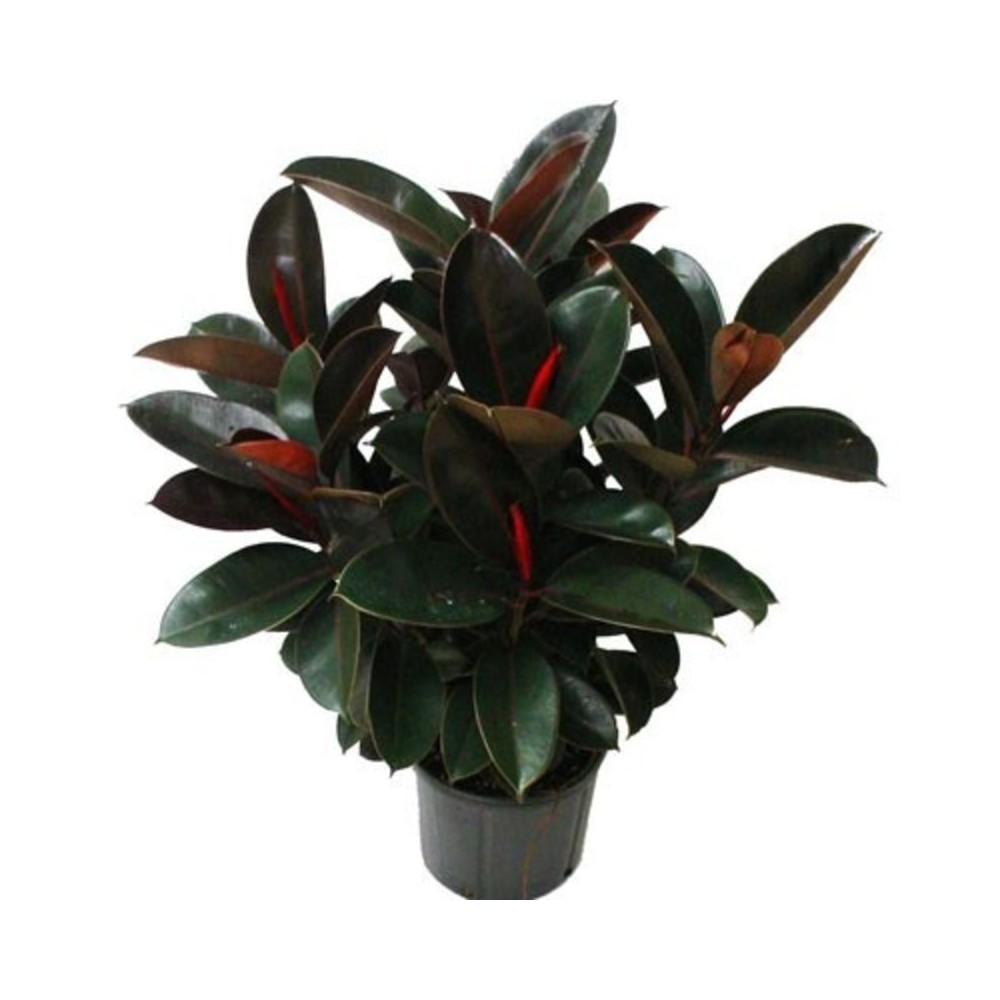



Rubber plant, also known by its botanical name, Peperomia obtusifolia, is a succulent perennial native to tropical America. Commonly grown as a houseplant in most areas of the United States, baby rubber plant thrives outdoors in USDA hardiness zones 10 and 11. Gardeners value this small, compact plant for its thick, waxy foliage, ornamental flowers and ease of care. In warm climates, the plant serves as an outdoor ground cover, although it rarely reaches over 12 inches in height.

Security policy visit http://nurserynature.com/content/10-security-policy

Shipping & Delivery Policy visit http://nurserynature.com/content/1-delivery

Cancellation & Refund Policy visit http://nurserynature.com/content/6-aeu-legal-revocation-terms
Rubber plant, also known by its botanical name, Peperomia obtusifolia, is a succulent perennial native to tropical America. Commonly grown as a houseplant in most areas of the United States, baby rubber plant thrives outdoors in USDA hardiness zones 10 and 11. Gardeners value this small, compact plant for its thick, waxy foliage, ornamental flowers and ease of care. In warm climates, the plant serves as an outdoor ground cover, although it rarely reaches over 12 inches inr
Rubber Planting & Care
Site and Soil
In zones 10 and 11, baby rubber plant requires an outdoor planting location that receives partial to full shade and consists of moist, well-drained soil of average fertility. In all other zones, gardeners grow the plant indoors in shallow pans, hanging baskets or decorative containers, as long as they have drainage holes in the bottom. The best growing medium for the plant contains equal parts loam, sand and peat moss, though any well-drained potting soil will suffice. Indoor plants need bright, indirect sunlight. Placing them in an east-facing window provides just the right amount of light for the plant to thrive. Never expose to full sunlight, as the delicate leaves are prone to scorching.
Temperature Requirements
Baby rubber plant requires temperatures above 50 degrees Fahrenheit or cold damage may occur. For ideal growing conditions, plants grown indoors need temperatures of 60 to 65 degrees during the night and 85 degrees during the day. The plant may survive warmer temperatures, however, and tolerates cooler temperatures during the winter months. Baby rubber plants also benefit from spending warm spring and summer months in a partially shaded area outdoors, but they must return indoors before temperatures drop below 50 degrees.
Watering Requirements
Extremely dry soil causes baby rubber plant to drop its leaves, while consistently wet soil may cause root or stem rot. Water only when the soil becomes dry, usually about once every 10 to 14 days for indoor plants and once every week for outdoor plants. Outdoor plants require a thorough soaking at each watering, while indoor plants perform best when watered from the bottom. Place the plant's container in a saucer of water and allow the soil to absorb as much water as it can through the drainage holes. Make sure to remove any excess water afterward to prevent rotting. Reduce watering in winter to once every three to four weeks, as the plant grows less actively during this time. Using room-temperature water prevents shocking the plant.
Fertilizer Requirements
Baby rubber plants need little supplemental fertilizer and overly fertile soil may cause excessive, leggy and unattractive growth. Feeding indoor plants once every six months with a balanced houseplant fertilizer diluted to half the recommended strength provides adequate nutrition. Outdoor plants require applications of a foliar spray fertilizer diluted to half strength once every three to four months, except during the winter. Never use granular fertilizers to feed baby rubber plant, as these could damage the tender leaves.
plant
Good packaging and good plants& Nice deals.